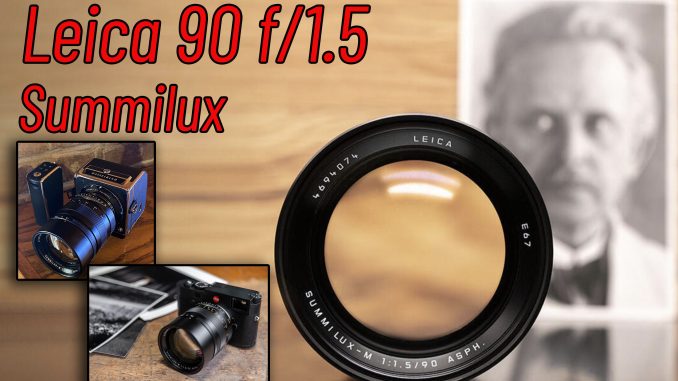
A Look at the Leica 90mm Summilux f/1.5 Lens on the M10-R and 907x
By Steve Huff
Let’s face it. Not so many of you are going to rush out and buy a manual focus only $13,000 Lens. Then again, there are many reading this who are saying “$13k is doable for me” and some of you reading this right now may buy things such as this one a whim. It’s the way of the world, and some of us can make a purchase like this without much pain, and others can not. There are also those who are not financially rich in any way, shape or form who also make purchases like this, choosing to use a credit card and pay it off over time. It’s hard to write about a $13,000 lens in this day and age but I am fully aware some of you out there do truly desire a lens such as this, therefore I will write my thoughts after using it on an M10-R and even a Hasselblad 907x.
My video on the 90 Summilux lens by Leica
As I write this article there is a guy on my roof installing a forest green seamless metal roof on our log cabin style house. The old shingle roof was 18 years old and since we recently moved in I wanted a roof put on that would look great and last my lifetime, without worry of leaks. With the inside of our house entirely made of wood from the ceiling to the walls to the floor, I knew a leak would be bad news and with an old shingle roof already showing signs of leaking I wanted a nice roof that would look great and last as long as we live in this house. The cost? $10,000, or about $3,000 less than this lens. The roof is not anything I will get pleasure from, it’s nothing I can use or enjoy, it’s just something that sits on top of my house and protects it from the elements while looking nice. Even though our house is small at 1200 SQ ft, this roof is costing us $10,000 because it is quality and will last a long time. I could have went with shingles for $6000 but I knew the standing seam metal roof would be a much better investment in my home.
This year I also invested in a new computer as my 2013 Mac Pro was showing its age with 4K and beyond video content editing. Sure, I could have bought a PC for less that would bring me more power than even the most expensive modern day Mac Pro for 2020 but I am heavily within the Apple world. We have iPhones, Apple TV’s throughout the house, MacBook Pros, apple watch and even a Mac mail address. I splurged on a Mac Pro and Pro Display because I’ve been at this for 13 years, and felt I deserved a computer to last me for many many years to come, without the worry of not being able to edit high res video.
I also invested in a new cinema camera for my three YouTube channels as this is my career, my work, my income and my livelihood. My old Canon C100 only shot HD and I wanted to finally move to 4K. I could have done this with a $2000 mirrorless but wanted something I could use without worry of time limits or overheating. Something nice I could leave on a tripod and use three times per week without fail. So I invested $10k in a new studio cinema camera that will last me many many years, and give me trouble free performance that shines above those other cameras.
As some of you saw I also bought a Hasselblad 907x to have a “reference’ camera on hand for comparison videos and articles and to test lenses like this one here I am talking about today. No regrets as it is to me, the most beautiful digital camera ever made and allows me to shoot with Leica M lenses if I wish (as you will see in this write up).
The moral of my story here is that when I buy things that are very important to me I tend to buy quality so it lasts, brings great performance and also brings stress free enjoyment, even if I do have to pay for it over time. Buy good, buy once. Buy cheap, buy again and again. I’ve learned that at least for me. Sometimes, for some poeple, the nicer things are worth that one time investment just like my roof, computer and camera. For me all of these things are a tax write off so it makes the decisions much easier. : ) Being a full time photographer, camera/lens reviewer/writer, HiFi reviewer and having a YouTube channel with 1.6 million subscribers means I can use all of these purchases to improve my work. So quality is important to me and keeps me from regretting and saying “what if”.
What I am getting at is that in this day and age, if you want quality in ANYTHING it will cost you. In the camera world in 2020 if you want all out quality in build, looks, longevity and performance you will have to pay the price! Anything from a Canon 28-70 at $3000 to a Canon 1dX III at $6500 to a Leica M10-R at $8300. Nice things cost money. Unique things cost money. Are they always worth it? No, but sometimes they are.
Yes, Leica is very expensive. We all know this but this lens takes the cake not only when it comes to price but also performance and beauty. In the past I have written glowing praise on these pages for another exotic lens from Leica that I actually purchased, twice many years ago. The 50mm f/0.95 Noctilux is another pricey lens that will set one back close to $13,000. Between this and the 50 Noct though, the 90 f/1.5 Summilux is IMO, a nicer lens to own and will be 100% worth it to many of you reading this.
Be warned. This is a lens that has the ability to trigger an emotional response within you, making you dream of one day owning this lens. The good news is, we all can dream.
I shot this lens on the M10-R and the Hasselblad 907x, and WOW, it is STUNNING on either body. The first image below is with the M10-R and the second with the medium format 907x. Both are shot wide open at f/1.5 here but the 907x will make this lens a bit wider in FOV than 90mm. More like a 70mm, 71mm to be exact. Click each image for larger and better versions. Thanks to my forever love Debby for being my model, as always!
I can’t complain about Leica prices as they offer things that no one else can or does. If you are looking for the best glass you can buy, hands down, Leica makes some of the best there is. This 90, the 50 APO, the 35 and 50 Summilux and so on. Yes, there are amazing lenses from Sony, Canon, Nikon, Zeiss, Voigtlander and others but in reality none quite match the beauty, artistry, emotion, simple nature or uniqueness of some of these special Leica lenses. This 90 Summilux is one of those lenses that is special, and heirloom quality. A lens that if you choose to buy, you shall keep for life.
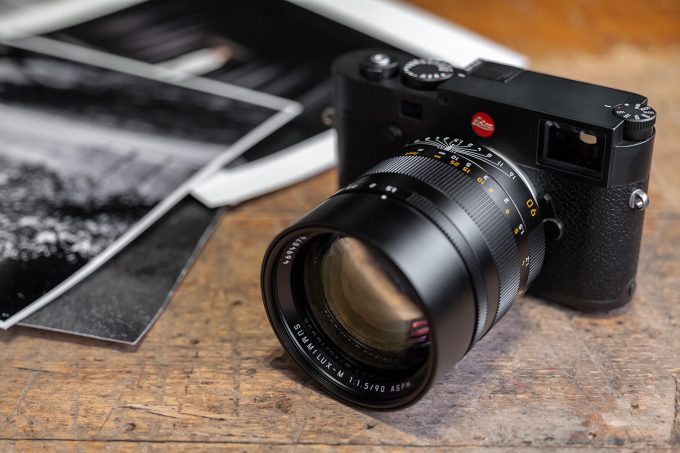
I have only had this lens in hand for a few days but I have already been hard at work snapping shots around my house with the M10-R and Hasselblad 907x. Wow, this lens is a beauty on each of these cameras and I enjoyed it equally on both bodies. The Hasselblad does justice to this lens and then some and with that massive large sized 50 MP sensor. It truly brings out the beauty of the lens in a majestic way. Then again, on the M10-R it truly shines as a complete system, how it was designed to be used. To those of you who can purchase a lens such as this , it would be hard for you to find something as beautiful as this lens, anywhere, from any manufacturer. I feel it even beats out the rendering of the 50 Noctilux and being a 90mm this lens can bring you truly otherworldly silky smooth bokeh and fantastic color. Even so, there are three lenses from Leica that are very similar. The 50 Noctilux, the 75 Noctilux and this 90 Summliux. All will bring a similar vibe with extreme sharpness wide open, beautiful color performance and very similar painterly bokeh. The 75 Noct and 90 Lux even share the same housing.
This first shot on the M10-R and yes, it’s a bathroom but the color is so spot on, so perfect and gorgeous here that I had to share. The shot underneath was taken with the 907X. Click either for larger versions but man, this lens rocks on either body.
This lens is larger in size for a Leica M lens but small/normal when you compare it to something like a Sony 24-70 GM. Most Leica M lenses are tiny yet lenses like this with so much exotic glass stuffed inside have to be large to be able to bring us that fast f/1.5 aperture and quality. You will not see any of that “soft wide open” business with this lens because when you open it up to f/1.5 it will deliver sharpness at your subject and complete beautiful smooth blurring of your background, like no other lens can really bring. I have tested, used, owned a slew of lenses. Many exotic ones. The Canon Dream Lens. The Noct Niikkor. The classic Leica f/1 Noctilux and others, even old vintage fast exotic lenses. None have really gotten close to this 90mm Summilux for build, feel, and performance and that is saying a lot. This is the ultimate “dream lens” and should be known as the king of dream lenses. In fact I will proclaim that now. This is the “KING OF DREAM LENSES”!
On the M10-R it is not a lightweight lens and it is a bit front heavy on the body so when you hold the camera you will hold the lens rather than the body. Think more like the 50 f/0.95 but larger still. Even so, when shooting this on the M you will not be complaining as you will get lost in the image making process and enjoy the quality this lens brings back to you. It’s not so heavy that it will hurt your hand or wrist, and the weight brings confidence in the build, along with a Hugh pride of ownership. Unlike cheap lenses, this is a lens you would cherish, keep clean, keep nice, and take care for for life. If you did that, I believe it would bring you a lifetime of joy.
Every image below shot on the M10-R with the 90 1.5. all wide open because I feel it would be a sin to shoot this lens at f/5.6.
That second image above was shot through a window screen, which is why you will see the screen pattern in the image when you click on it. I also did not perfectly nail focus of these two birds feeding off of the seed sock but it was really taken to show the lovely bokeh this lens will produce. Turning the woods in my backyard into glowing balls of colored light. The way the lens gently renders highlights, out of focus transitions and color makes for a very reach out and touch it kind of vibe, altering reality to make it even more beautiful than it is. During these times, this year of 2020, that is a good thing. During my days with this lens it made me feel glad that Leica is still making such a gorgeous pieces of glass, even in a time when a lens like this will only sell very low numbers. I see it as a statement lens, to show it can be done by Leica in this small size and with such a solid bulletproof build. Same thing with the 50 and 75 Noctilux lenses.
The reason this lens cost so much is due to the glass, and the way it is constructed. The superior micro contrast that is obtainable with this lens can be stunning, if you expose and get the focus right. The main issue I see is that if you want the best from a lens such as this, you must nail focus perfectly when shooting wide open. Let’s be honest here, you do not want to buy this lens and shoot it stopped down. If so, save yourself some cash and buy a 90 Summicron for much less. Nope, you are paying here for the f/1.5 aperture which makes this a “Summilux” lens. It’s where the true magic lies in this lens, and even at this aperture you will never be let down as long as you nail focus.
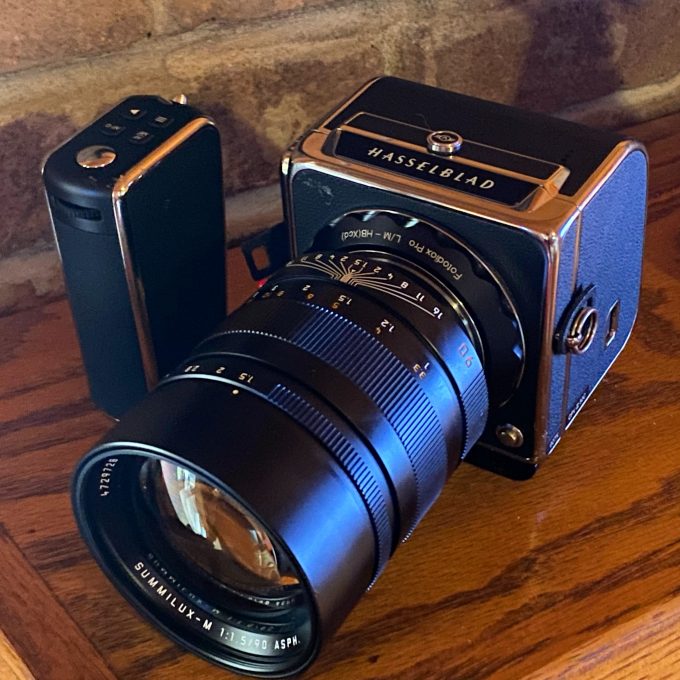
So how hard is it to focus on an M10? Well, it can be easy or it can be tricky. The fact is that some digital M cameras that have been used and abused are slightly or not so slightly out of alignment (The Rangefinder). Most M owners do not even realize this as it really only shows itself when you shoot a lens like this, or a Noctilux wide open. If it seems hard to nail focus, it could be the Rangefinder in your M has drifted out of spec. If this is the case, it’s a lost cause to try and use this lens until you send your camera in to Leica for adjustment, which they can do. You can switch to live view of course and have no issues but then the whole RF experience is gone. This is why I would like to see an M with a high resolution EVF over the mechanical RF. I know this is Heresy in some circles but it’s just about 2021 and I feel this would bring many more into the M fold. Heck, it would bring me back to the M for sure. It would also help the sales of these fast premium lenses as more people would be able to focus them perfectly and to see the real beauty within them.
If your M is spot on without any RF drift then you will find focusing this lens is not so hard really. Just make sure you align those patches! Another issue is eyesight, and most who buy this lens will probably be of the older variety. Think my age or older. This means your eyes (like mine) may be bad, and getting worse by the day. It is when my eyes started getting worse that I noticed my M shots being out of focus more and more. You can buy a diopter of course or the obvious, wear glasses (or if Leica does do an EVF M this would solve this issue as well) : ) I know many amazing shooters who wear glasses and shoot M cameras exclusively. So as much as I like to complain about my eyesight, in reality there are solutions to effectively using a mechanical RF M with fast glass if you find your eyesight starting to go downhill.
When I attached this lens to the Hasselblad 907x I found it did exceptionally well, better than any previous M lens I have tried on this digital Medium Format body. Using live view on the 907x was a breeze as it is designed for waist level shooting. Up to 1/10,000s shutter on the 907x’s electronic shutter means I didn’t have to worry about shooting wide open in daylight. So this lens can get multiple uses for some of you. If you own a mirrorless camera and a Leica and maybe even a Leica SL, you can use this lens on all of them with adapters. This makes a lens purchase such as this a bit smarter, when you can get multiple uses from it.
All images below shot on the 907X with the 90 1.5
If someone were to own an M10 or Leica M camera, film or digital AND something like a Hasselblad 907x/X1DII or Leica SL then this is a lens that I could see being worth the purchase IF you shoot a lot, IF photography is your passion, IF you have the bank account to support it, and IF you appreciate quality glass. I fall under all of these except for the bank account but if I were loaded with cash and had no financial worries I would purchase this lens without hesitation because I know that over time, through time, it will hold its value and bring special memories that I can look back on when I am 90. I would say “wow, that was a magical lens and it captured those life memories with such beauty”.
Sure many pros will consider this lens but the amount of pros using M cameras are very low. The fact is Leica is built on passion, enthusiasts and people who just love and appreciate quality. We only live once on this earth (that we remember anyway) and this life goes by faster that you can imagine. If you are reading this and you are in you 20’s or 30’s do know that one day you will open your eyes and you will be 50, 60 or older and you will wonder where the time went. I am a strong believer in living life in a way that makes you happy as long as you do not hurt anyone along the way. Live within your means but do whatever makes you enjoy life that little bit more. Whatever puts a smile on your face. I know that the short time I have with this lens that it has put a smile on my face again and again. To those lucky enough to make the plunge for this lens, congratulations because you are getting yourself one of the most beautiful lenses in existence. Just as the old 75 Summilux went into legendary status a few years ago, this one will as well but the 90 Summilux is a much better lens than that old 75. It’s color, contrast, micro contrast, bokeh and construction are superior as are the results. Again, more similar to the new 75 Noct than the old 75 Lux.
This lens is truly at home on the M10-R as this camera can bring out the most from the lens with it’s high resolution sensor. I imagine that this is how 95% of those who buy this lens will shoot it. On a film M this could be absolutely gorgeous as well. Shooting out on the 907x was a treat. It balanced well on the heavy brick like 907x and was easy as pie to focus. I used the 907x smart grip to zoom in on the subject (joystick) and this made it quick and easy to focus.
The focus ring is smooth, silky and well damped as you would imagine. It feels like a precision tool, and it very much should be for the $13,000 price tag. There is nothing bad to say about this lens and I can not even knock the price because hey, it’s a Leica. : ) We may have other lenses that get close. Canon makes an 85 1.2 for over $10k less. A gorgeous lens but its micro contrast and sharpness wide open doesn’t beat the Leica. Nor does it’s bokeh or style. Sony makes an 85 f/1.4 in their premium G Master line. It’s nice but doesn’t really offer the snap, shine and polish of the 90 Summilux. Even if it did, you can not mount it to a Leica M or even a Hasselblad. Those lenses are not as adaptable as M glass.
This 90 Summilux is a special lens with a very special price tag. I thank Leica for sending it along to me for a couple of weeks to try out (with an M10-R and M10-M). It has really made me understand how special of a lens this is and I now appreciate what it is, what is offers and why someone would want to own it.
You can read more about or order this lens at B&H Photo HERE.

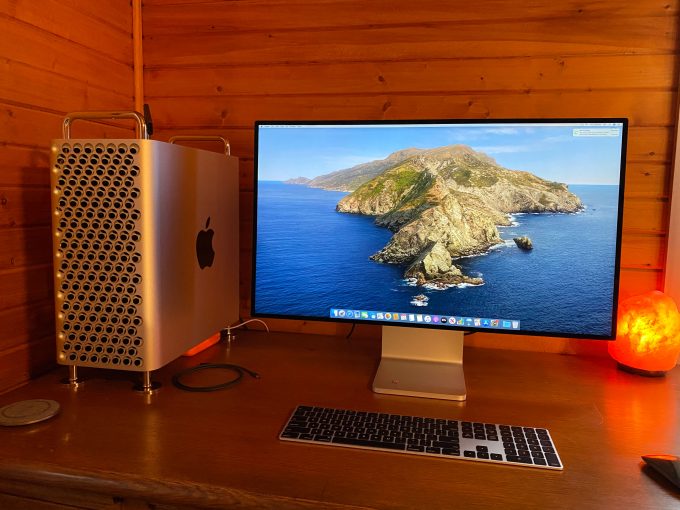
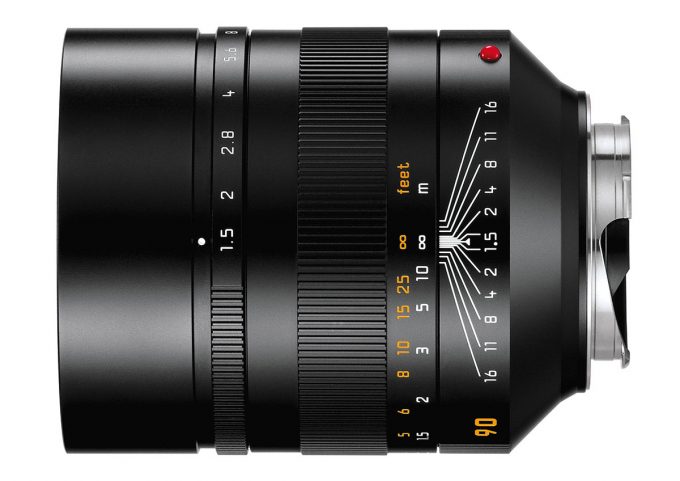
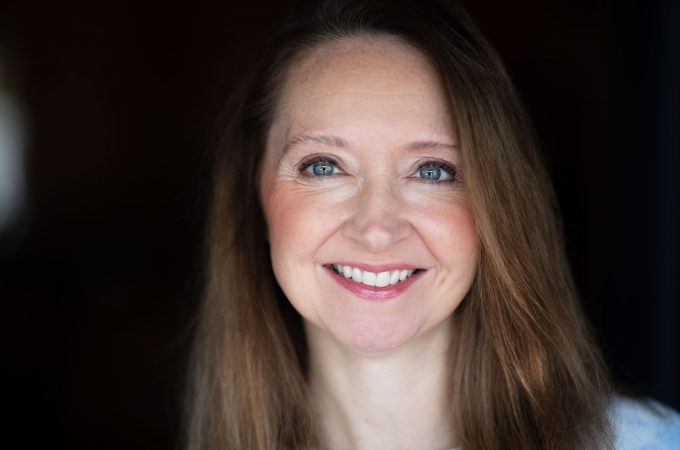
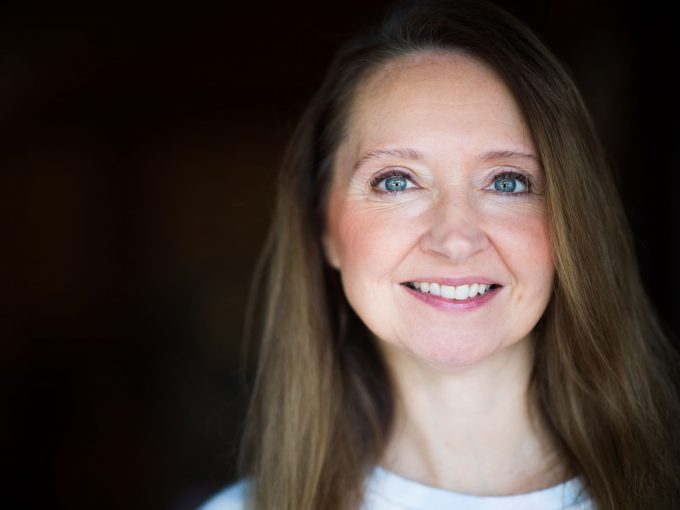
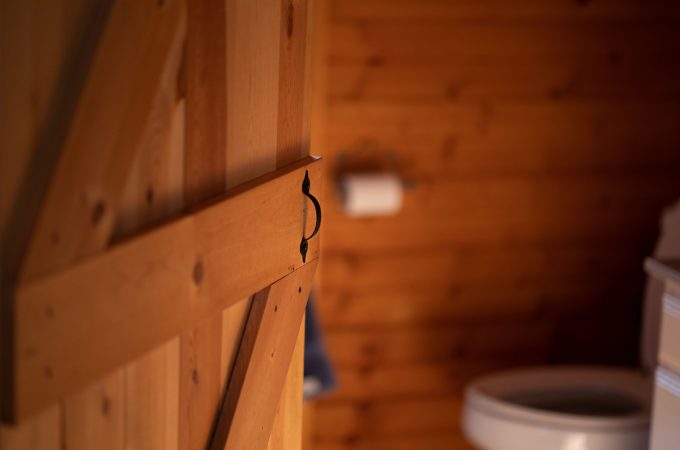
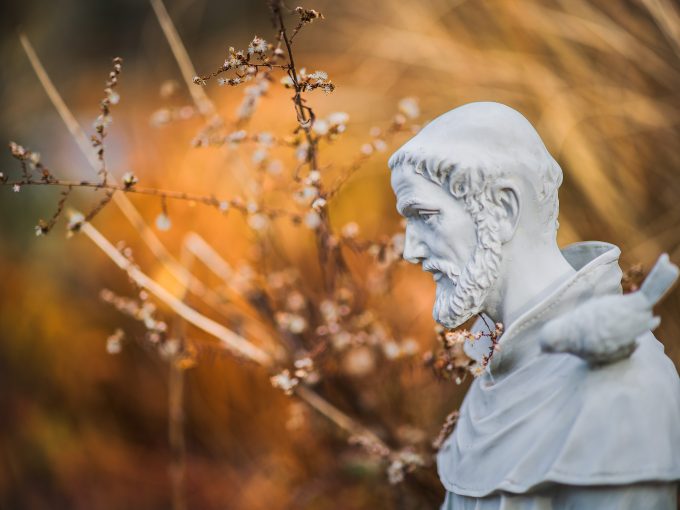
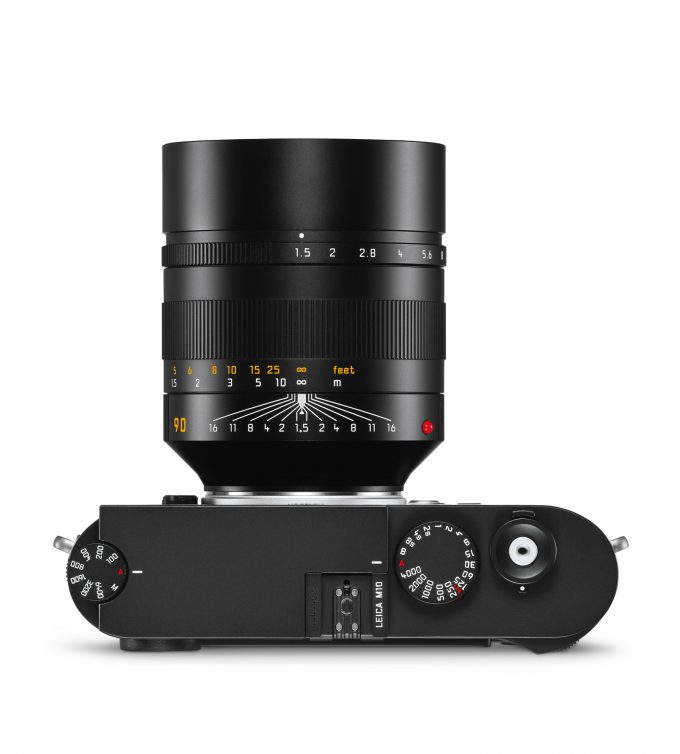
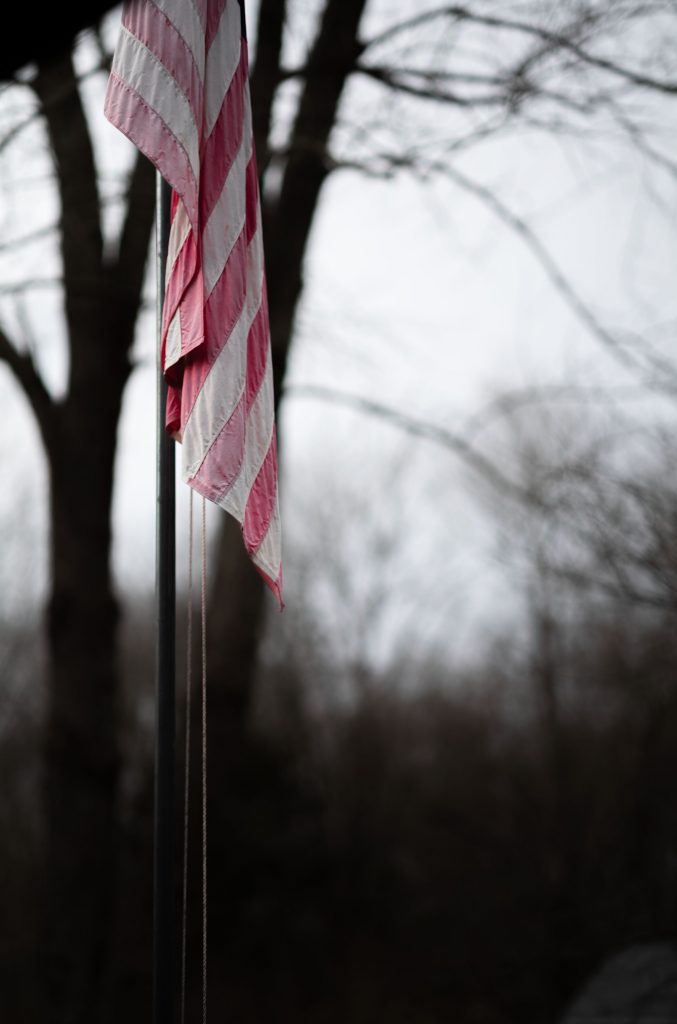
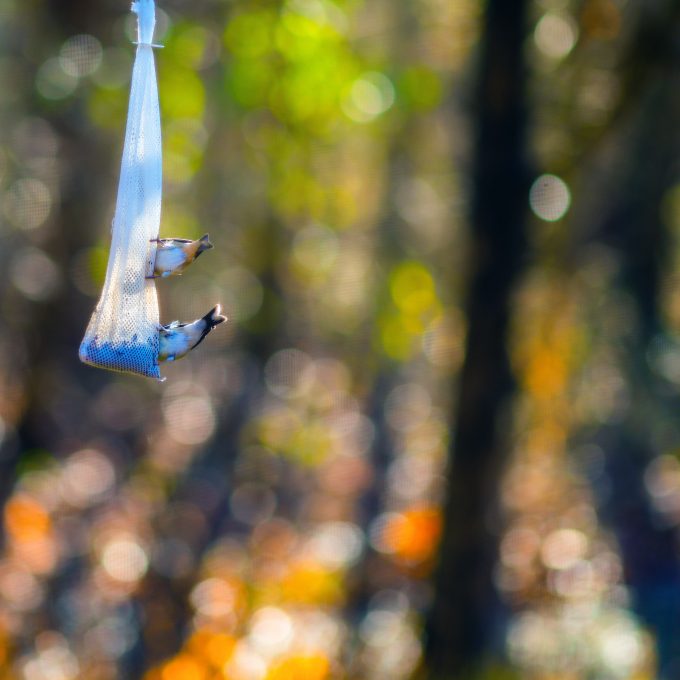
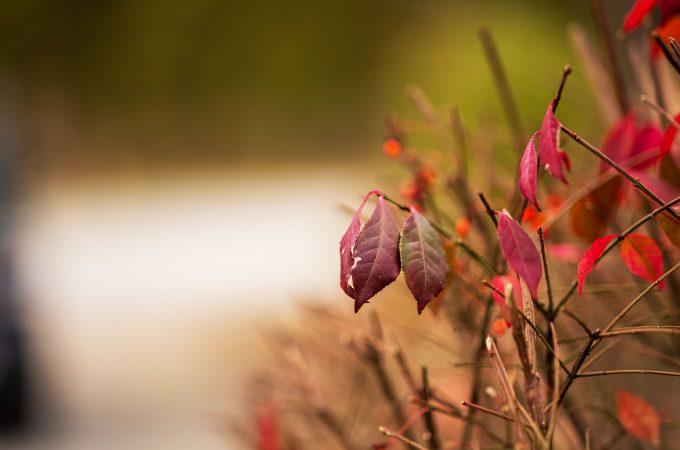
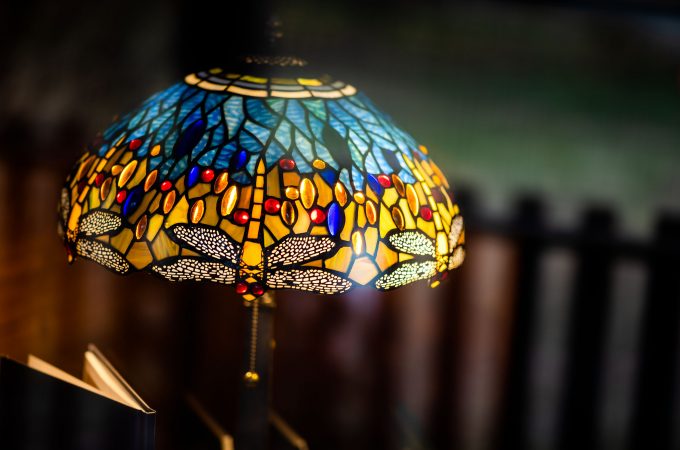
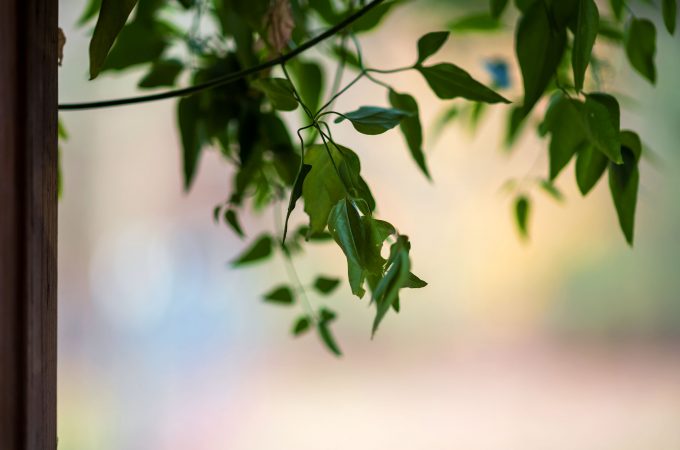
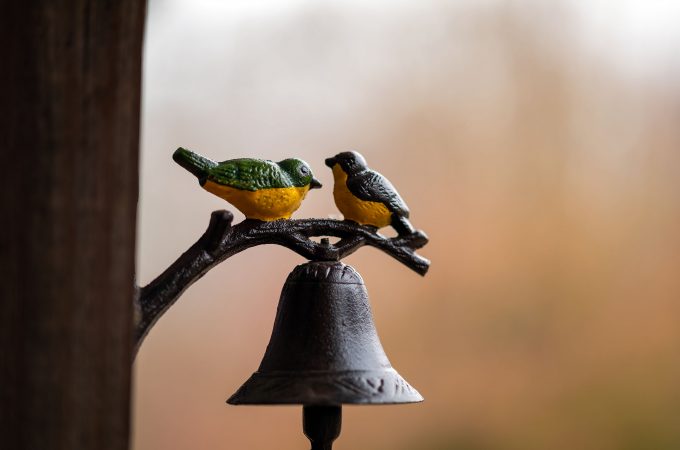
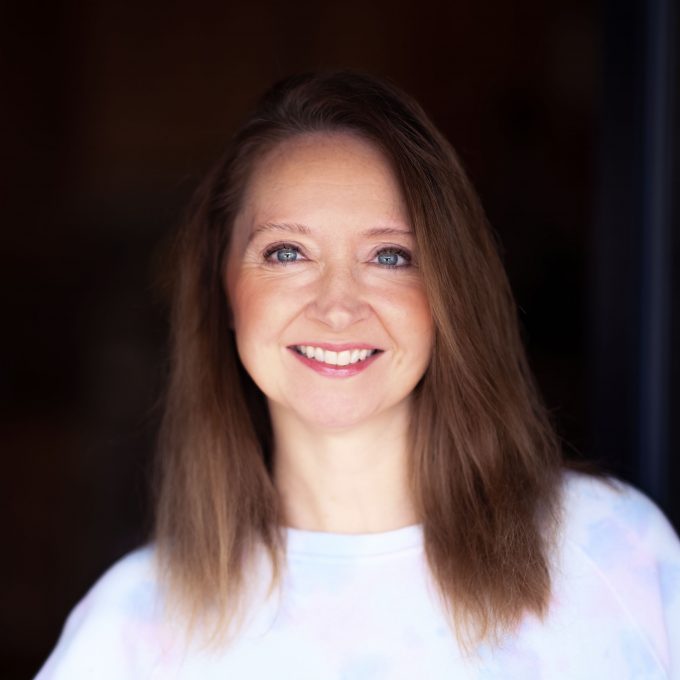

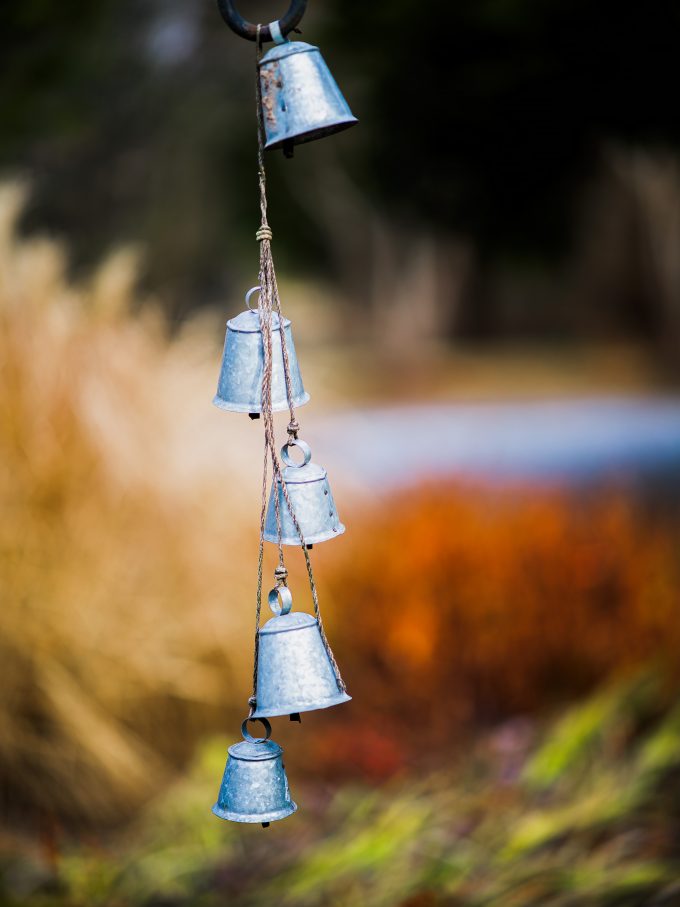
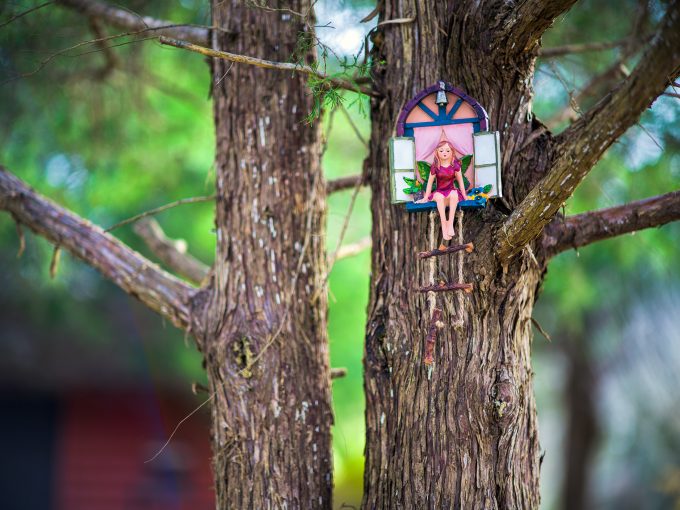
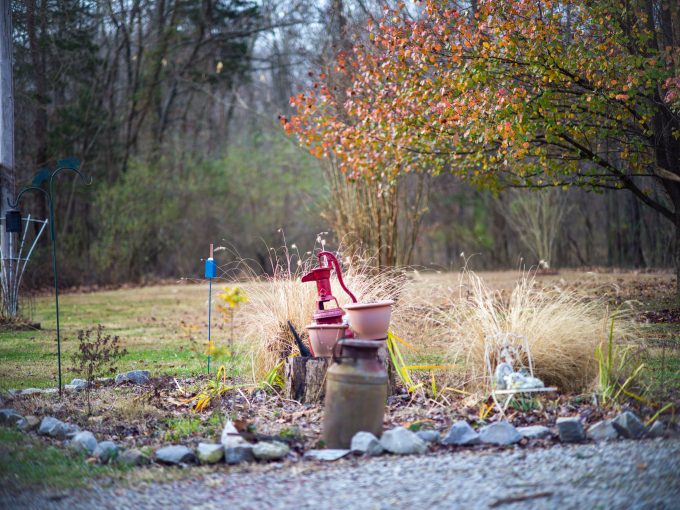
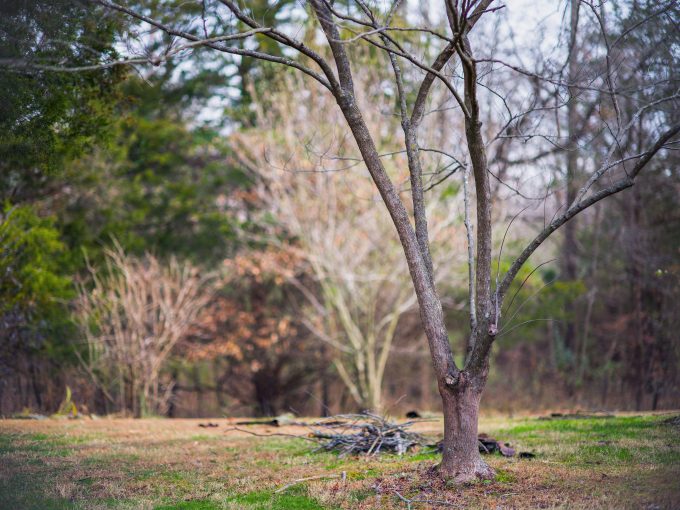
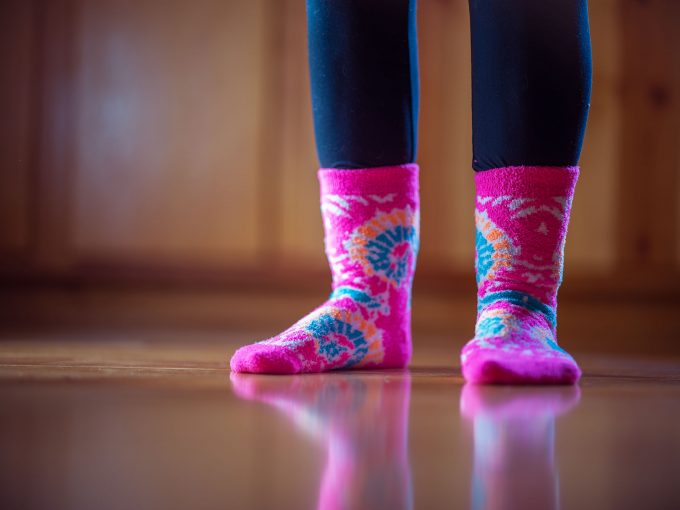
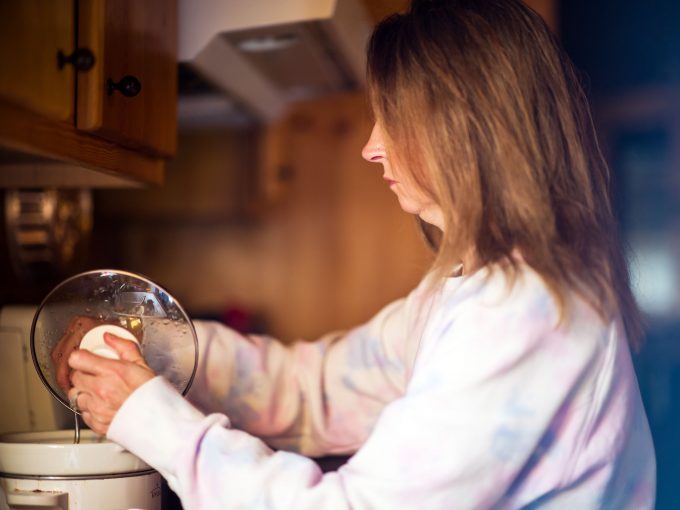


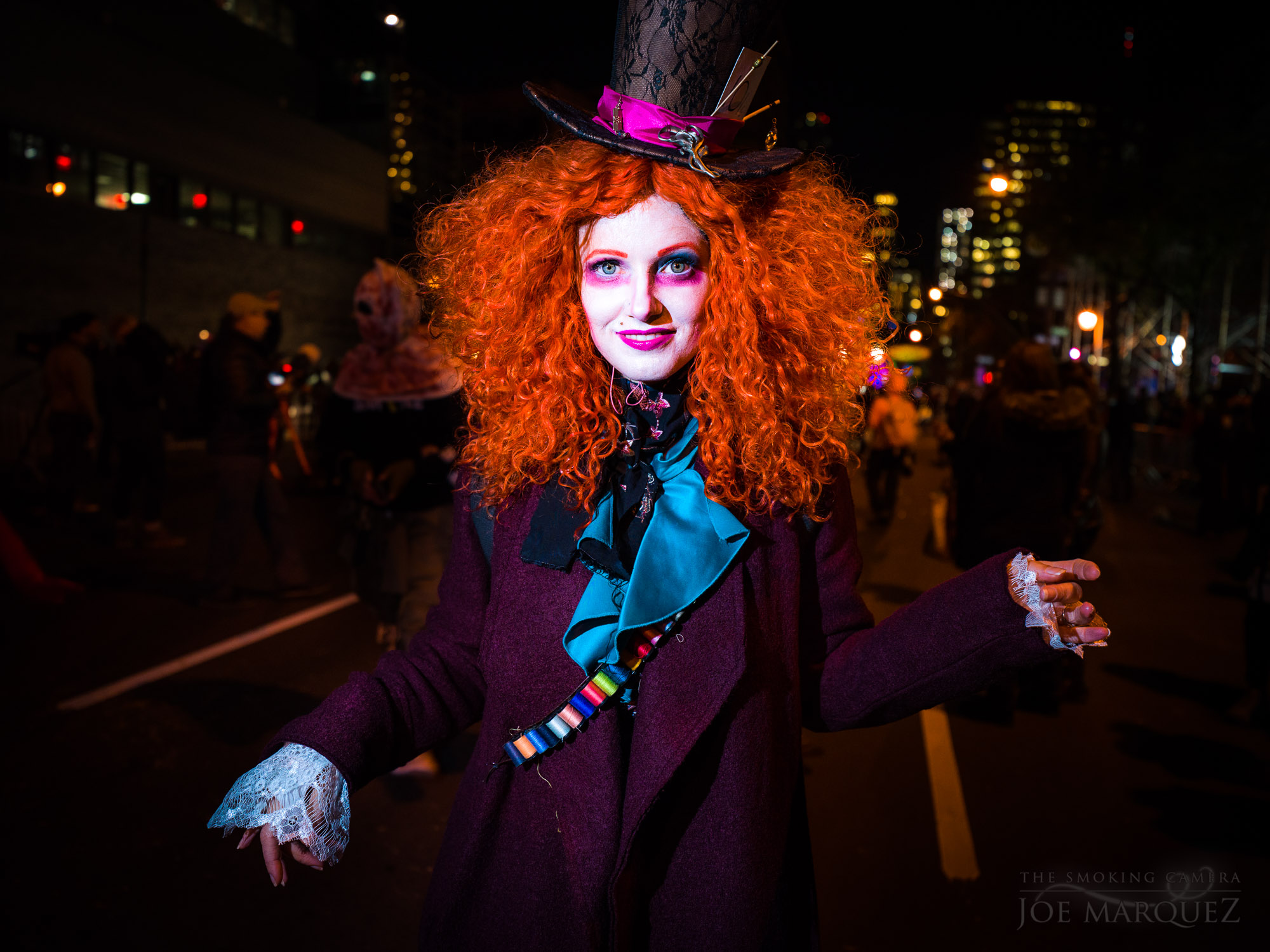
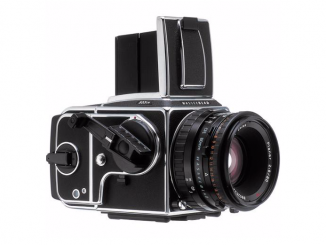
Steve, I enjoy your article about the 90mm summilux and from what I hear and see I strongly suggest you to test the Nikon 50mm 1.8s for the Nikon Z series. The pictures coming out with it are abdolutely breathtaking…I have never ever seen such a transition from crystal sharp in focus planes to soft glowing out of focus area.
I’m sure you appreciate it.
Exactly the question that came into my mind when I read this review. I have – and still use – a vintage Canon Serenar 2/100mm M39 lens made in the Sixties, and this lens really masks a substantial part of the rangefinder’s VF (Canon 7), in particular with the lens hood on. This new 90mm looks a bit shorter but even wider.
Good read, and this certainly is a beautiful lens. The bokeh is simply stunning, if the background isn’t too busy. In fact, if I had to decide to invest 13 k$ in a car or a lens, I’d prefer the lens. Plus, a car loses value quickly, such a piece of optomechanical art could even see increasing prices for used copies in future. I agree also regarding optical rangefinders, this lens lusts for a good modern EVF. I personally love and use frequently vintage rangefinder cameras, but for me they only make sense for film photography nowadays.
You are right about future Leica with EVF like one in SL2 instead of OVF when using big aperture medium teles. The frame is simply too small and obstucted by this big gun. Comparing bokeh to other lenses it would be interesting to see how 105/1,4 lenses perform.
I realized, perhaps later in life than I wanted, that if you want something, don’t save for it, invest for it. The younger we are when we start investing, the more freedom we will have later in life.
Anyway… at the other end of the scale, Robin Wong convinced me to try the Olympus 40-150 R. Sure, it’s made of plastic, and has a sliding aperture, and isn’t as good as the 40-150/4 Pro. But for what you’re paying, it seems like a winner if the light is sufficient. And if I lost it or damaged it, well, it’s not as big a deal then.
“This is why I would like to see an M with a high resolution EVF over the mechanical RF.” – so true, same here…I’ve been waiting.
Bit of philosophy but words worth reminding ourselves all the time-“this life goes by faster that you can imagine. If you are reading this and you are in you 20’s or 30’s do know that one day you will open your eyes and you will be 50, 60 or older and you will wonder where the time went. I am a strong believer in living life in a way that makes you happy as long as you do not hurt anyone along the way. Live within your means but do whatever makes you enjoy life that little bit more. Whatever puts a smile on your face.”
Thanks Steve, love how this lens has made simple pics look so beautiful…
The Hasselblad 80 1.9 is beautiful as well. Probably the better choice if using on one of these X cameras. Less than half the cost too : ) The Hasselblad is heavier but that isn’t really a big deal between these two lenses. I feel the Leica would bring a more unique OOF rendering and even snappier colors but besides that the Hasselblad is lovely and anyone would be lucky to own it!
Great read Steve! Always making the most simple photos look amazing!!! Congrats on the move. The place sounds awesome!!
I wonder how it would “compete” vs the xcd 80/1.9 on the Hassy.
The Hassy 80/1.9 is my favorite short portrait lens on my x1dII at the moment.
Personally the price for the 75 and 90 Notiluxes it over the edge for my taste, specially since manual focusing such shallwo DOF with a rangefinder is very difficult IMO.
When mounted on a Leica rangefinder, how much of the viewfinder is obscured by the lens, and did you find this caused problems with accurate framing?
Love to see some images from this lens on the M10 monochrome, which I guess Leica has loaned you. I have one, and a Hasselblad X1DII and the proper adapter, and have (coincidentally) been researching the 90 1.5. Your review makes it seem pretty well cosmic.